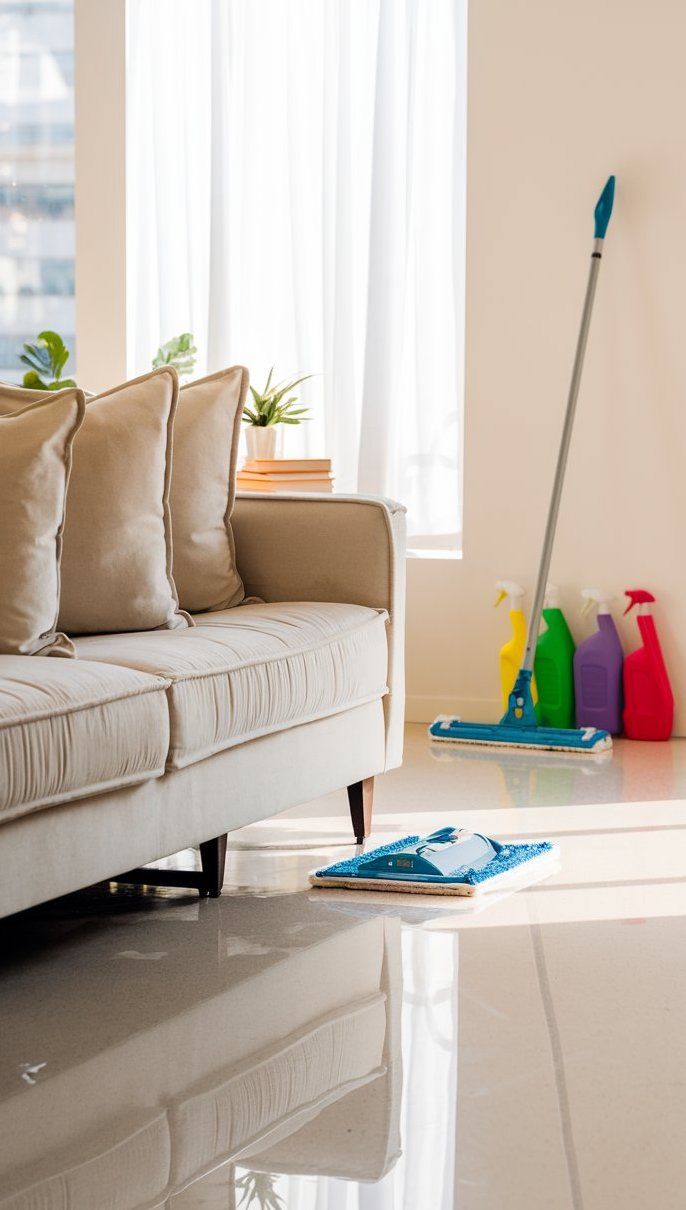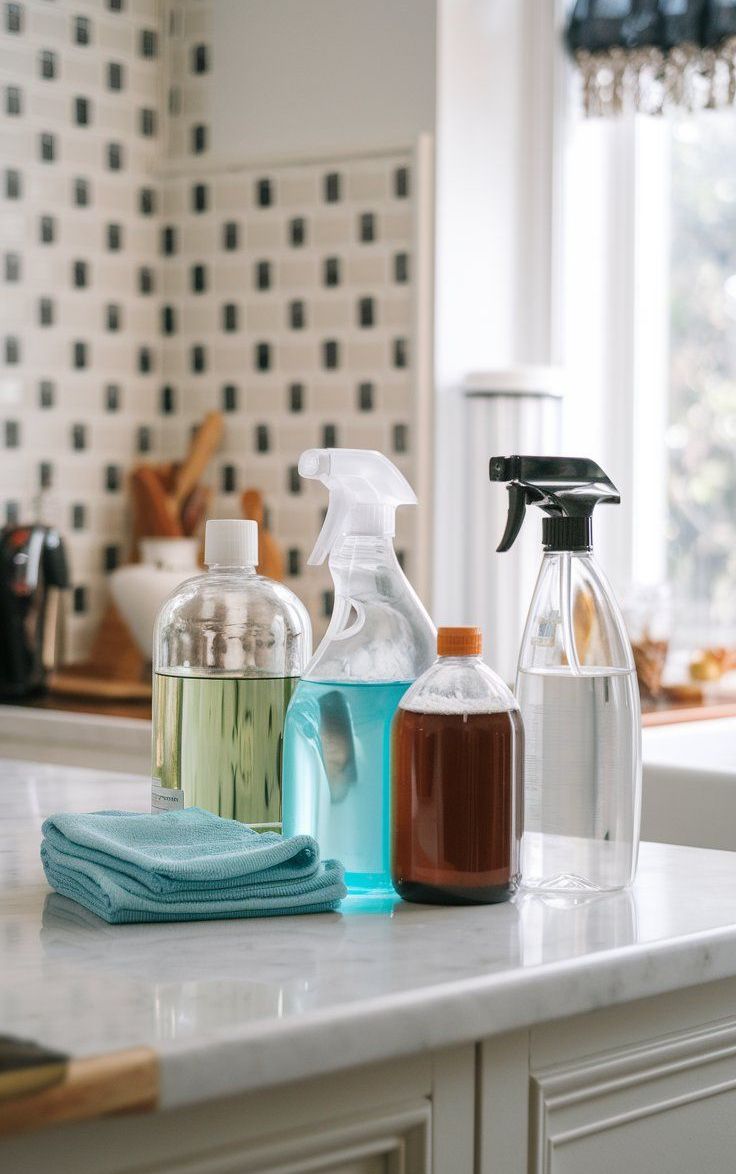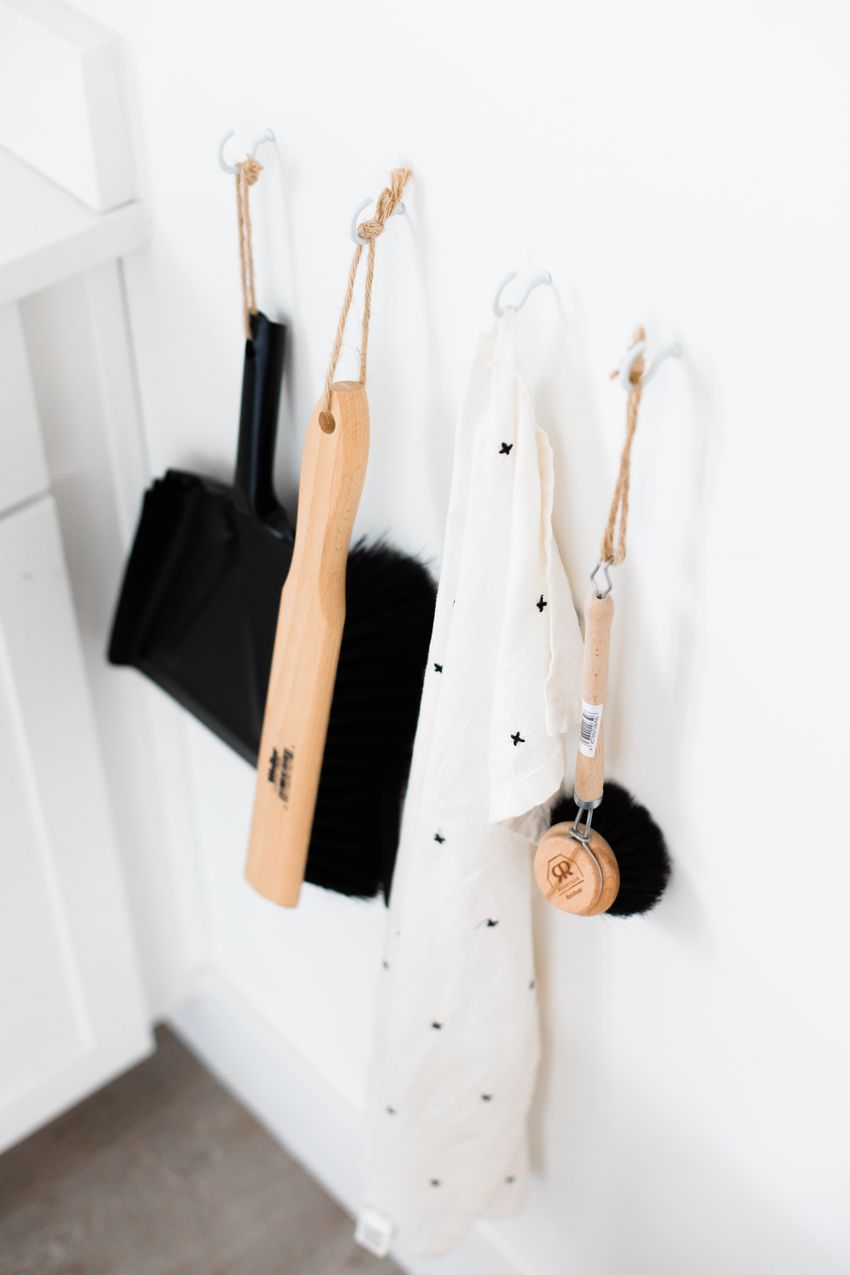Whether you have a beloved piece of furniture that is looking a bit worn, or you’re just ready for a deep clean, understanding how to properly clean furniture can help bring back its original charm. The right cleaners and techniques can also protect your furniture and liven up any room in the house! This furniture cleaning guide will cover everything from recognizing different types of fabric to preparing the solution to spot cleaning and more.
Determine the Type of Fabric
Before you begin, it is important to identify the type of fabric your furniture is made of. Knowing this information can help you decide which cleaner or solution is most suitable for the job. The most common types of furniture fabrics are cotton, velvet, linen, polyester/nylon blend, microfiber, leather, and synthetic suede.
Choose the Right Cleaner
The type of cleaner you use should be based on the fabric your furniture is made from. For example, for cotton and velvet fabrics, a mild detergent mixed with warm water can usually do the trick. Polyester and nylon blends can usually be treated with a milder solution, such as one composed of baking soda or vinegar. Microfiber fabrics require a special cleaner specifically designed for that material. Leather and synthetic suede should be cleaned with a leather furniture cleaning kit.
Vacuum Upholstery and Remove Any Loose Debris
Before you begin cleaning, it is important to vacuum the upholstery first. This will help remove any loose dirt and debris that could spread around as you clean. Pay special attention to crevices, folds, and seams in the furniture where dirt tends to accumulate.
Prepare a Solution
Once the upholstery has been vacuumed, you can begin to prepare your cleaning solution. You may have some of the necessary supplies already if you read our home cleaning essentials guide.
Once you have chosen the right cleaning solution, it is important to mix it properly. When using detergents or soaps, always follow the instructions on the package carefully. If you are using baking soda or vinegar, create a solution of one part water to one part cleaner.
This will depend on the type of fabric and cleaner that you are using. Once prepared, apply a small amount of solution onto a cloth or sponge and gently scrub the fabric in circular motions.
Spot Cleaning
When cleaning furniture, it is best to start by spot-cleaning any areas that are especially dirty. This can help prevent further staining and spreading of dirt around the fabric. To do this, dip a clean cloth in your prepared solution and blot the area gently until the stain is removed. Once finished, make sure to rinse the cloth and run it over the spot again with clean water.
Spot Test an Area of Upholstery
Before you begin cleaning your entire piece of furniture, it is important to do a spot test first. This will ensure that the cleaner and solution will not cause any damage to the fabric. To do this, simply dab a small amount of your solution onto an inconspicuous area of upholstery such as the back or side, and wait for 30 minutes before wiping it off with a clean cloth. If all is well, you can proceed with cleaning the rest of the furniture piece.
Blot or Scrub Away Dirt and Stains (as Needed)
If you have stubborn stains or areas that need extra attention, use a clean cloth or brush to blot or scrub away the dirt and stains. Make sure to be gentle while doing this so as not to damage the fabric.
Rinse with a Damp Cloth
Once you are done scrubbing and blotting the fabric, rinse it off with a damp cloth. This will help to remove any excess dirt and cleaner residue left behind.
Let Dry Completely
Finally, let the upholstery dry completely before using the piece of furniture again. Depending on how much moisture was used during cleaning, this could take anywhere from a few hours to overnight. Once dry, your furniture will be almost as good as new!
Deep Cleaning Techniques
Once you have spot cleaned your furniture, it’s time to start the deep cleaning process. This includes vacuuming up any loose dirt or dust and using a soft brush to get into crevices and corners. You can also use an upholstery cleaner, such as steam cleaning, to get deep into the fabric. This is especially beneficial for removing dirt and oil that have accumulated over time.
Allow Your Fabric to Rest
After you have finished deep cleaning your furniture, it is important to let the fabric breathe for a few days on its own before using it heavily and often again.
That’s it! You now have all the knowledge you need to properly clean and maintain your furniture upholstery. With a little bit of effort, you can keep your furniture looking its best for years to come. Good luck!




